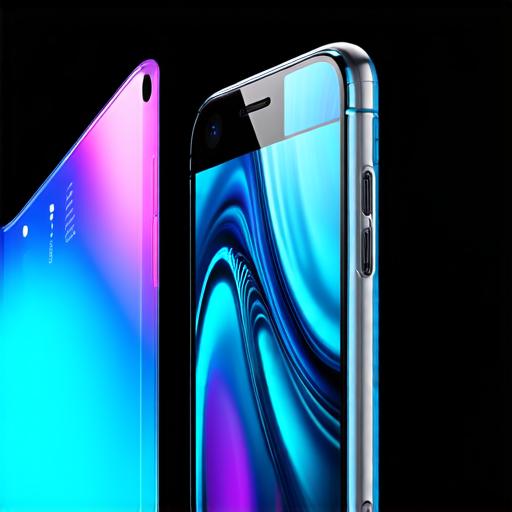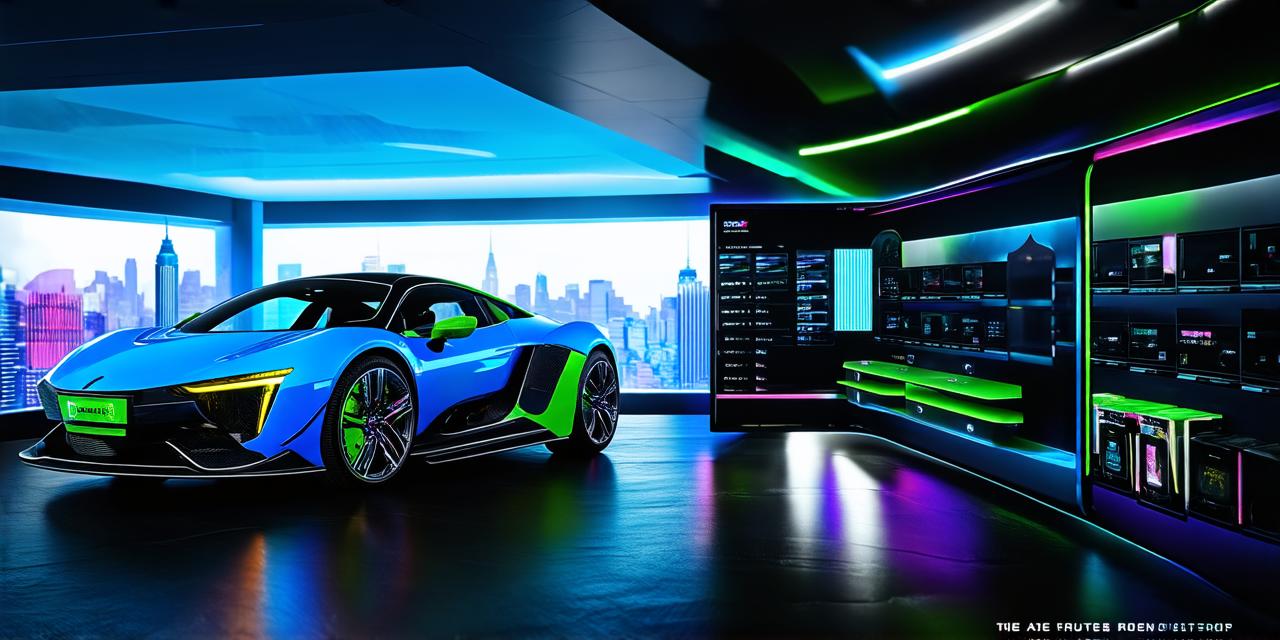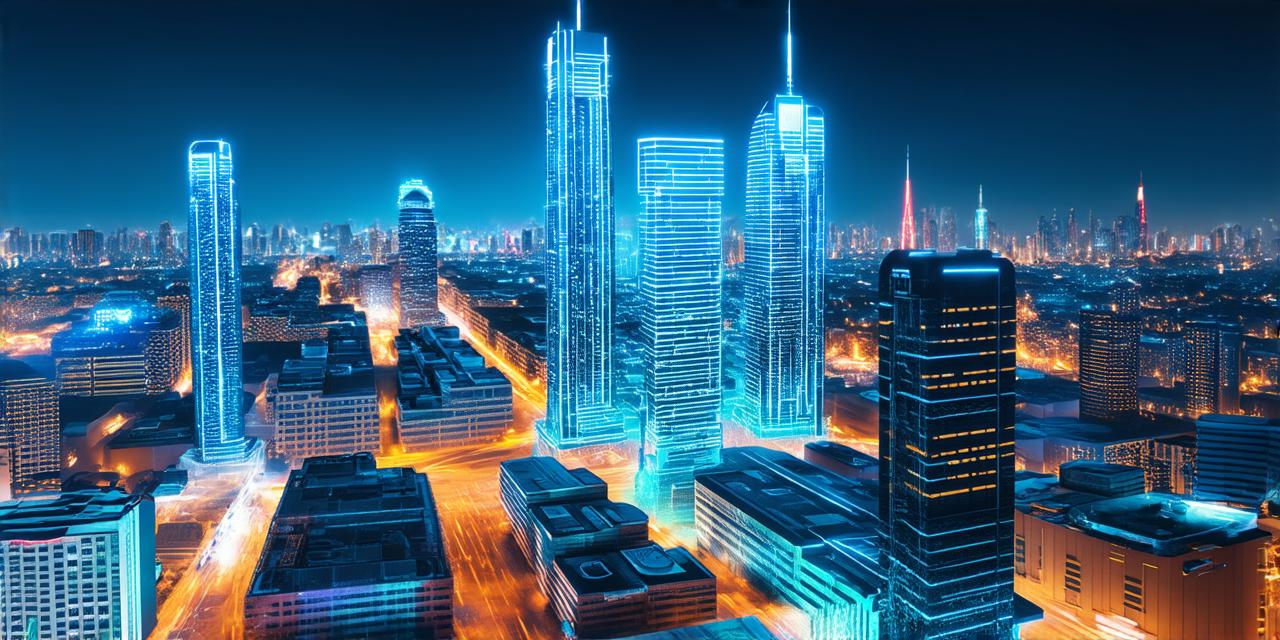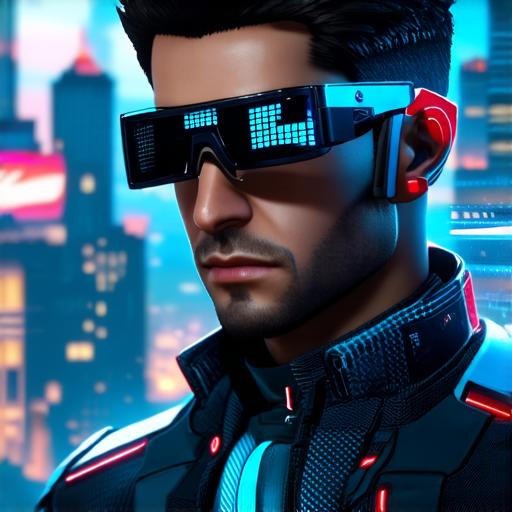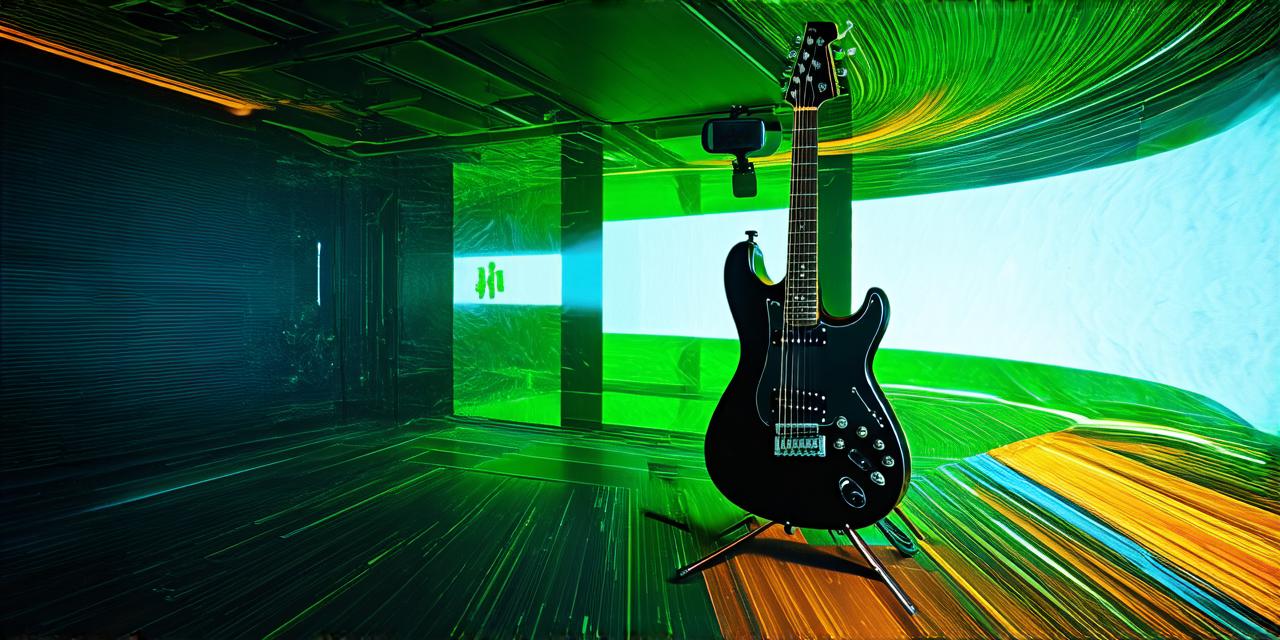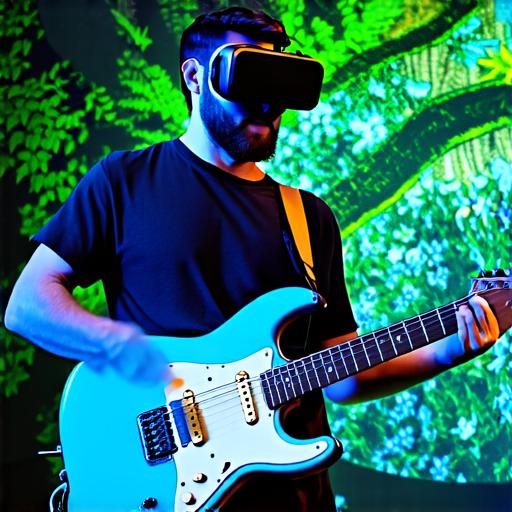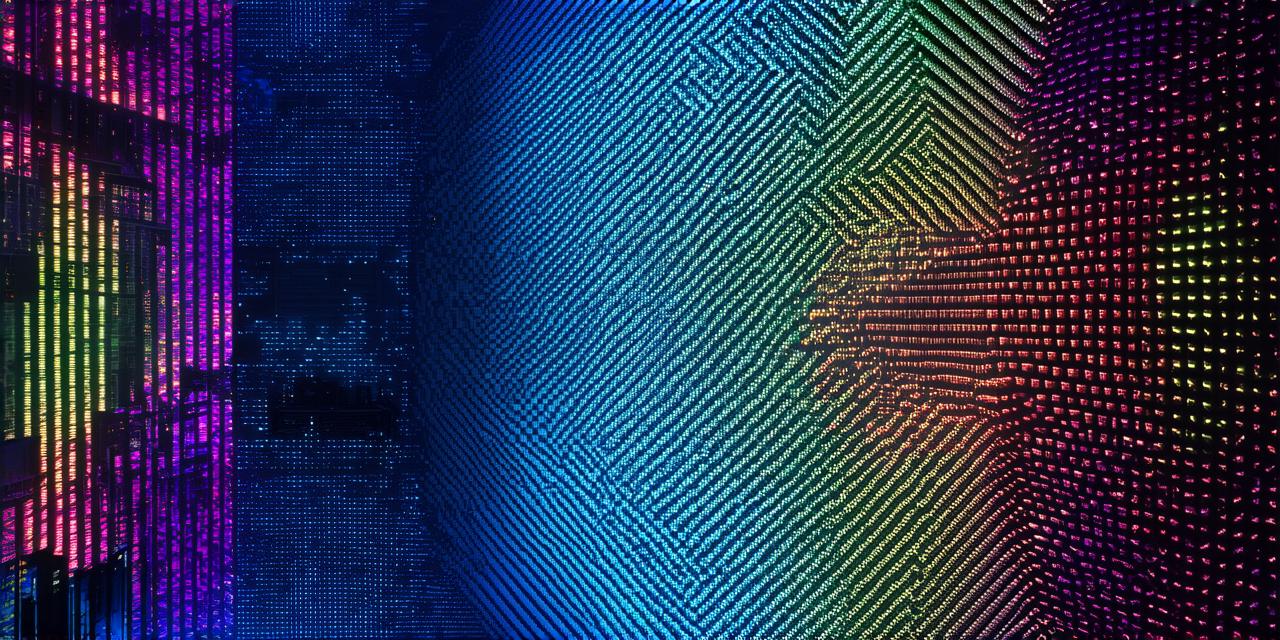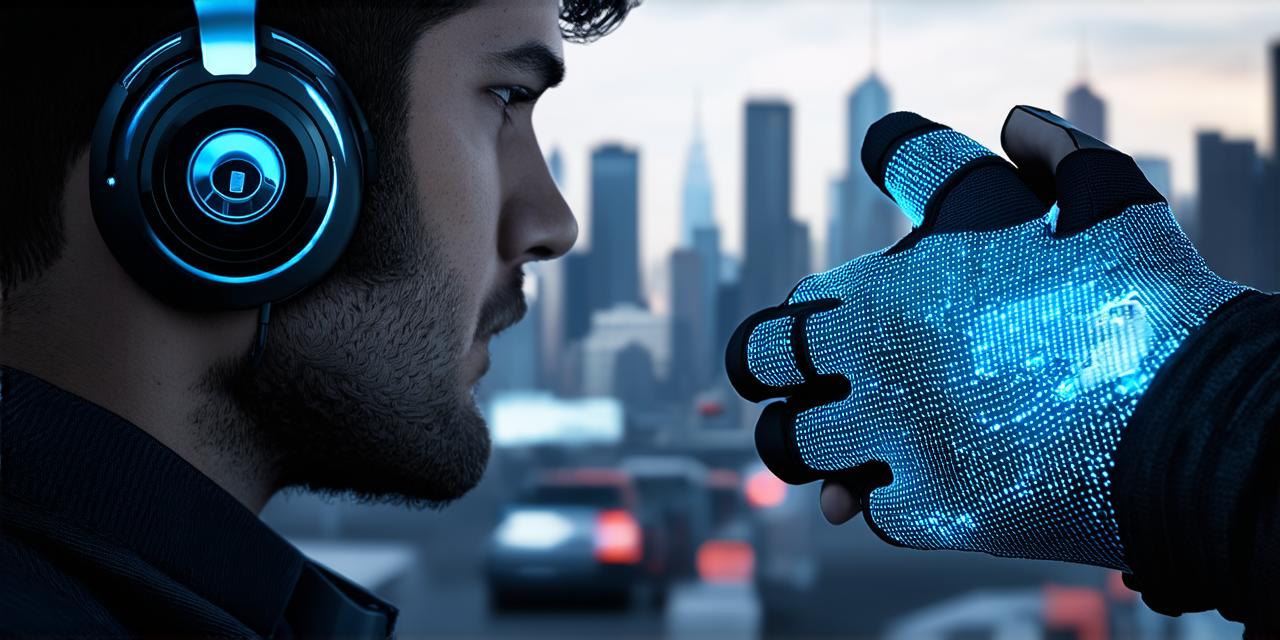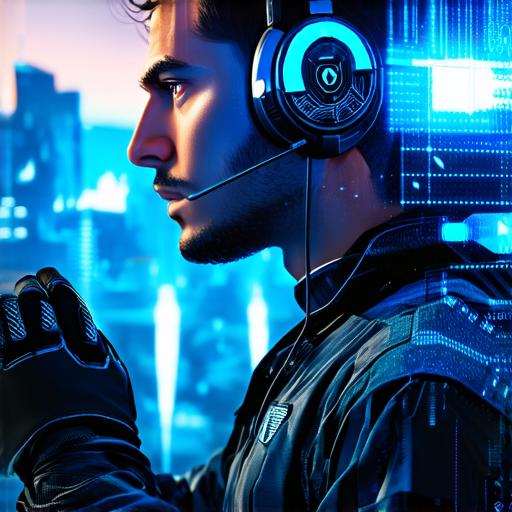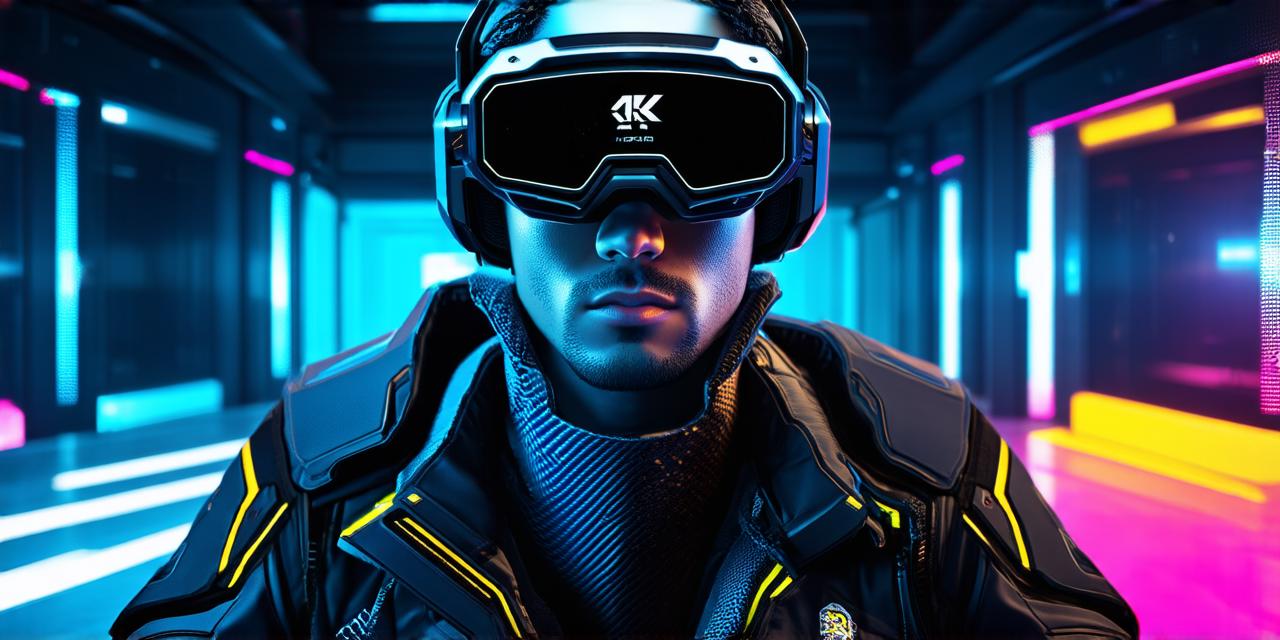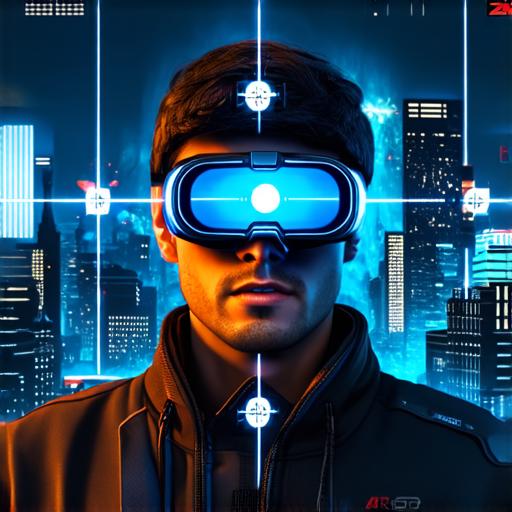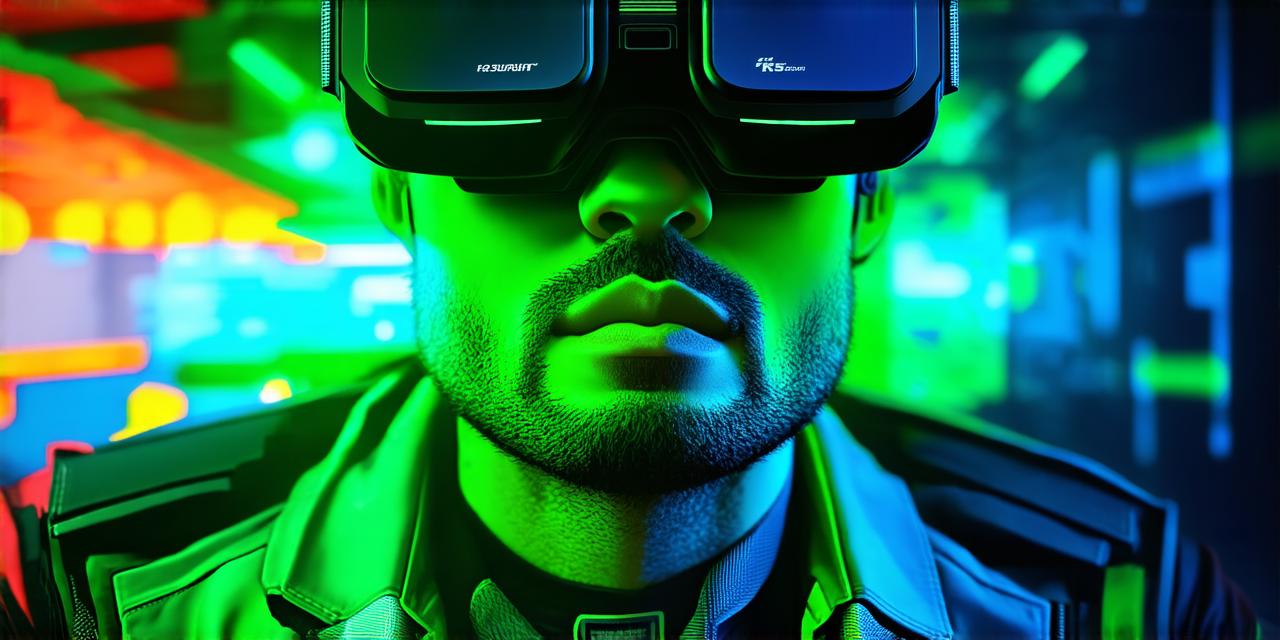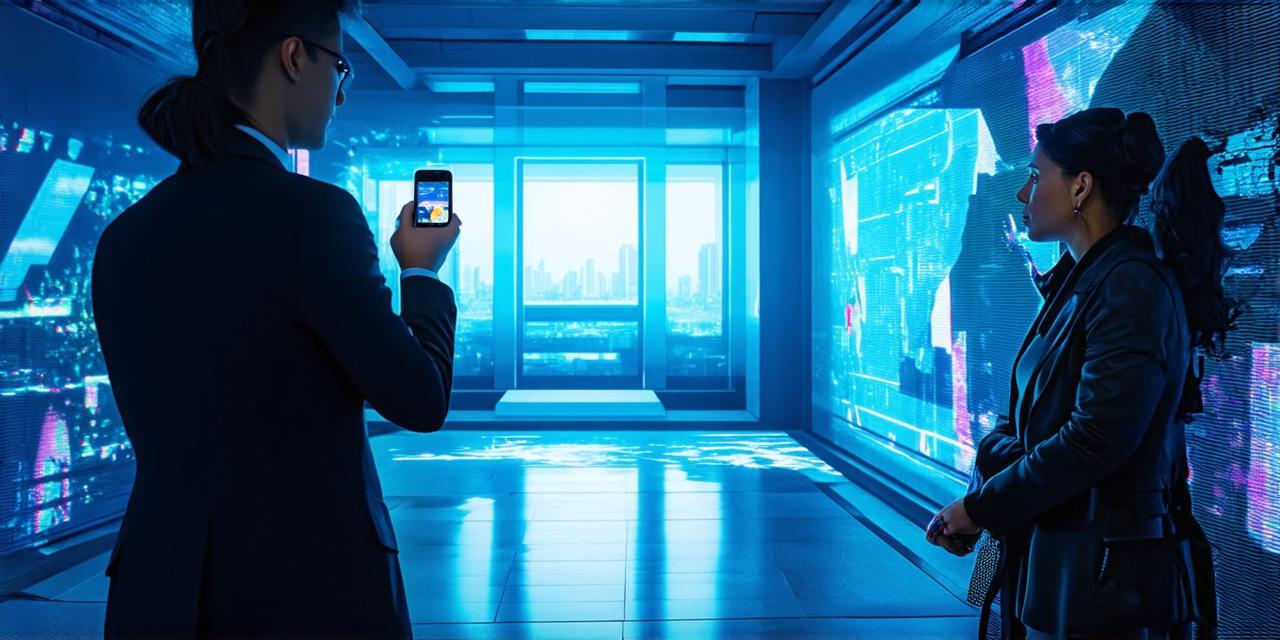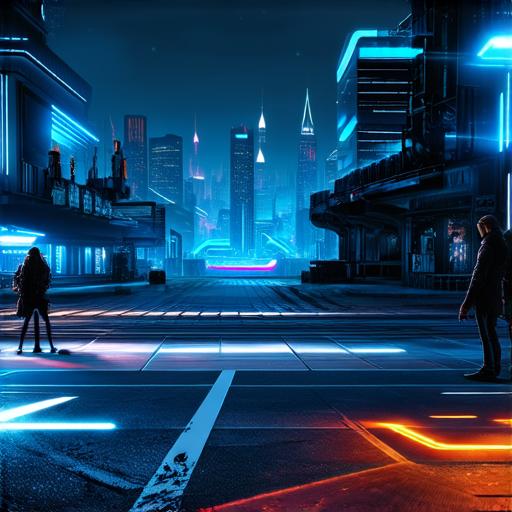Extended Reality (XR): An Introduction
Virtual reality (VR) and augmented reality (AR) are two popular technologies that have gained widespread attention in recent years. These immersive experiences offer users the ability to interact with digital environments, enhancing their understanding and engagement with the world around them.
However, extended reality (XR) is a more comprehensive term that encompasses both VR and AR, as well as other emerging technologies such as mixed reality (MR).
In this article, we will explore how XR connects to VR and AR, and how these technologies are transforming the way people experience the world.
We will also examine the potential benefits of XR for industries ranging from entertainment to education, and discuss some of the challenges and limitations that must be overcome in order to fully realize the potential of this technology.
Virtual Reality: An Immersive Experience
Virtual reality is a computer-generated simulation that immerses users in a simulated environment. Users wear specialized headsets or other devices that track their movements and provide a three-dimensional, interactive experience.
VR has been used for entertainment purposes, such as gaming and immersive movies, but it also has applications in fields such as education, training, and therapy.
Virtual reality can create highly realistic simulations of environments, allowing users to experience things that they might not otherwise be able to do in real life. For example, a medical student could use VR to simulate surgery, while a pilot could use VR to practice flying without risking their life or the lives of others.
Virtual reality can also provide users with a sense of presence and immersion that is difficult to achieve in other forms of media. When wearing a VR headset, users feel as if they are truly in the simulated environment, which can make for a more engaging and effective learning experience.
Augmented Reality: Enhancing the Real World
Augmented reality is a technology that superimposes digital information onto the real world. This can be done through the use of smartphones or other devices that use cameras and sensors to track the user’s environment.
AR can then overlay digital objects, such as graphics or animations, onto the real-world view, creating an interactive and engaging experience.
Augmented reality has been used for a variety of purposes, including marketing, education, and entertainment. For example, a retailer could use AR to allow customers to see how furniture would look in their home before making a purchase, while a history teacher could use AR to bring ancient civilizations to life in the classroom.
Augmented reality can also be used for more practical purposes, such as providing instructions or guidance in real-time. For example, a mechanic could use AR to provide step-by-step instructions for repairing a car, while a surgeon could use AR to provide real-time guidance during surgery.
Extended Reality: The Future of Immersive Experiences
Extended reality is a term that encompasses both virtual and augmented reality, as well as other emerging technologies such as mixed reality. MR is a technology that combines elements of VR and AR, allowing users to interact with both simulated environments and the real world in real-time.
XR has the potential to revolutionize the way people experience the world, offering new opportunities for education, entertainment, and more. For example, a student could use XR to explore the solar system, while a tourist could use XR to virtually visit historical sites around the world.
Extended reality can also be used for more practical purposes, such as training astronauts or simulating emergency scenarios for first responders. XR can provide a safe and controlled environment for people to learn and practice new skills, without risking their lives or the lives of others.
Case Studies: Real-Life Examples of XR in Action
There are many real-life examples of how extended reality is being used in various industries. One such example is the use of XR in the automotive industry. General Motors has partnered with Google to create an XR experience that allows designers and engineers to visualize and interact with car designs in a virtual environment.
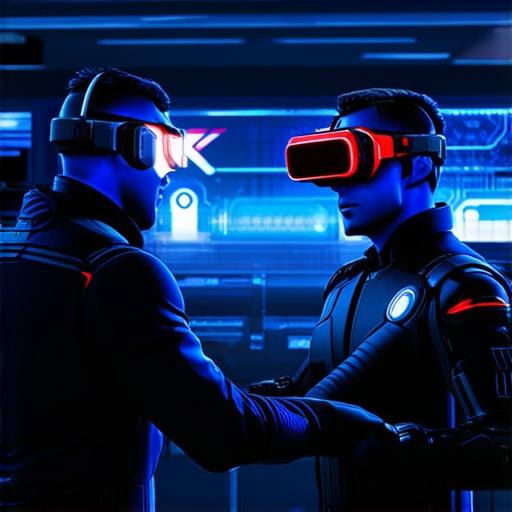
Another example is the use of XR in the field of medicine. For example, surgeons can use XR to plan and practice complex procedures, while patients can use XR to simulate treatments and better understand their options.
Augmented Reality vs. Virtual Reality: What’s the Difference?
While both virtual reality and augmented reality offer immersive experiences, there are some key differences between the two technologies. VR creates a fully simulated environment that the user can interact with, while AR overlays digital information onto the real world.
This means that VR can provide a more complete sense of immersion, but may be less practical for everyday use. On the other hand, AR can be more practical and useful in everyday life, such as providing directions or information about a product. However, AR may not offer the same level of immersion as VR.
The Benefits of XR for Industries
There are many potential benefits of extended reality for industries ranging from entertainment to education. For example, XR can provide a more engaging and effective learning experience, allowing students to explore complex concepts in a way that is not possible with traditional media.
XR can also be used to create more realistic and immersive simulations for training and practice purposes, such as flight simulators or medical training programs. This can reduce the risk of errors and improve the overall quality of training.
In addition, XR can be used to create new forms of entertainment, such as interactive movies or video games that allow users to explore and interact with the story in a more meaningful way. This can lead to more engaging and memorable experiences for users.
The Challenges of XR: Limitations and Barriers to Adoption
Despite its potential, extended reality still faces several challenges and limitations that must be overcome in order to fully realize its potential. One of the biggest challenges is the cost of the technology, as well as the need for specialized equipment and expertise.
Another challenge is the lack of standardization and interoperability between different XR platforms and devices. This can make it difficult for developers to create content that works across different systems, which can slow down the development and deployment of XR applications.
Finally, there are concerns about privacy and security when using XR technologies, as users may be sharing personal information or interacting with digital environments in ways that were not possible before. This will require careful consideration by developers and policymakers to ensure that user privacy and security are protected.
Conclusion: The Future of Immersive Experiences
Extended reality is a powerful technology that has the potential to transform the way people experience the world. Whether it’s through education, entertainment, or more practical applications, XR offers new opportunities for innovation and growth. However, there are still challenges and limitations that must be overcome in order to fully realize its potential. As the technology continues to evolve, it will be interesting to see how it is adopted and used by different industries and organizations.


